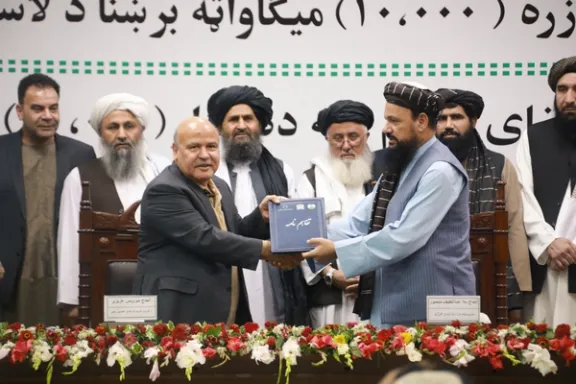Taliban, Azizi Energy Ink $10 Billion Power Agreement

The Taliban’s Ministry of Water and Energy has signed a $10 billion agreement with Azizi Energy to produce, transmit, and distribute 10,000 megawatts of electricity across Afghanistan.

The Taliban’s Ministry of Water and Energy has signed a $10 billion agreement with Azizi Energy to produce, transmit, and distribute 10,000 megawatts of electricity across Afghanistan.
According to a statement released on Saturday, 2 August, by the Office of the Deputy Prime Minister for Economic Affairs, the project will be implemented over the next seven to ten years and aims to make Afghanistan self-sufficient in energy production.
Work on the project is set to begin on Sunday, 3 August, and will be carried out across multiple provinces. A joint technical team from the Ministry and Azizi Energy is expected to complete the initial survey within ten days, while the overall design is slated for completion within six months. The first phase generating between 2,000 and 3,000 megawatts will commence thereafter.
Azizi Energy stated that the project will use a combination of natural resources including coal, water, and wind to produce electricity. The company plans to generate around 700 megawatts from wind power alone.
Mirwais Azizi, chairman of Azizi Bank and Azizi Energy, said electricity generation is critical to Afghanistan’s economic recovery. He claimed the project would create more than 150,000 jobs and contribute significantly to reducing unemployment and boosting economic growth.
According to Taliban officials, 4,000 megawatts of the total output will be allocated for public use, while the remaining 6,000 megawatts will supply industrial facilities.
In January 2024, Azizi pledged a $10 billion investment in Afghanistan’s energy and transportation sectors. In February 2025, he also announced plans to build a $500 million medical complex in Kabul’s District 8, named after his daughter, Farishta. Despite the announcement, no visible progress on the hospital project has been reported six months later.